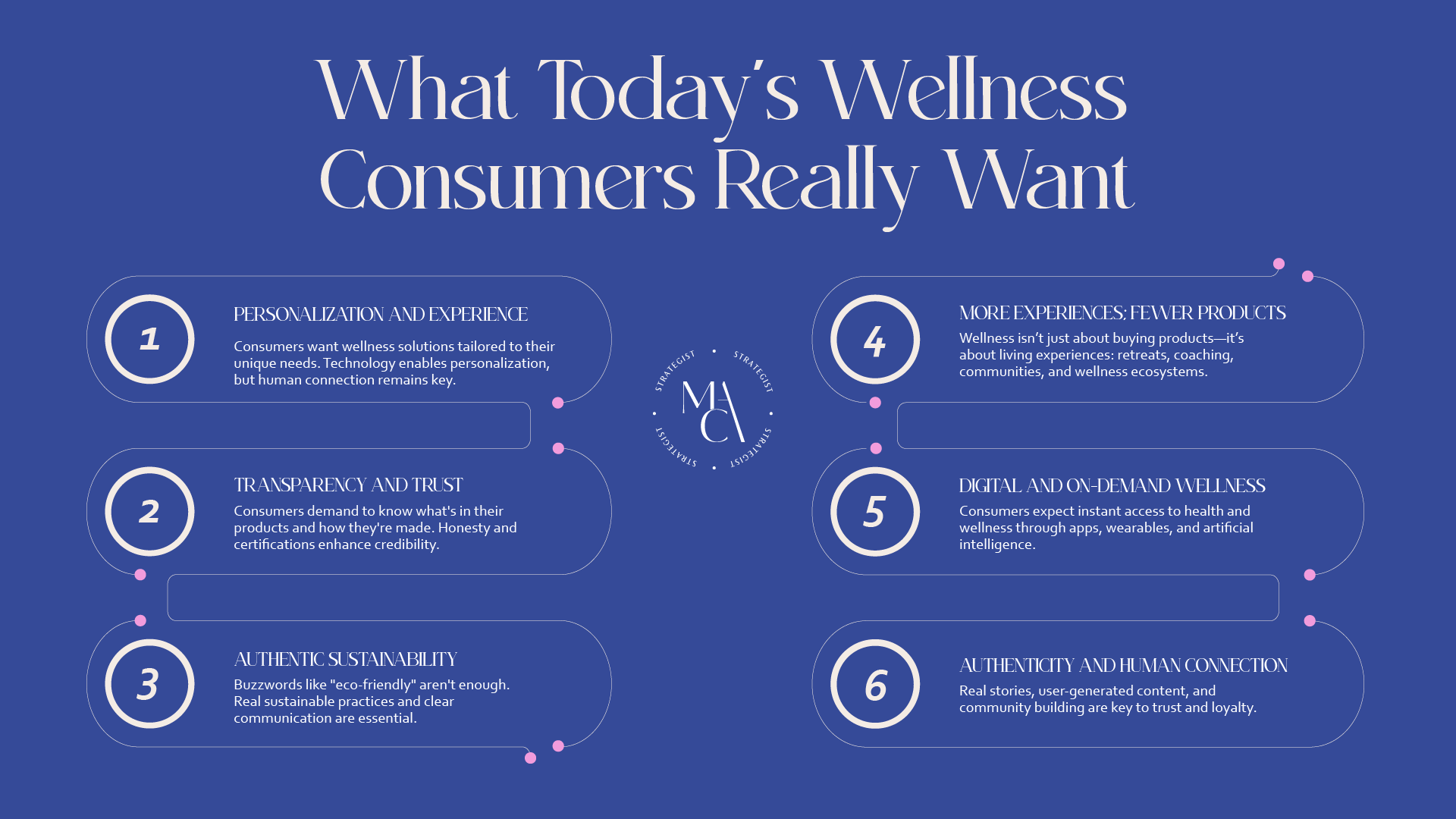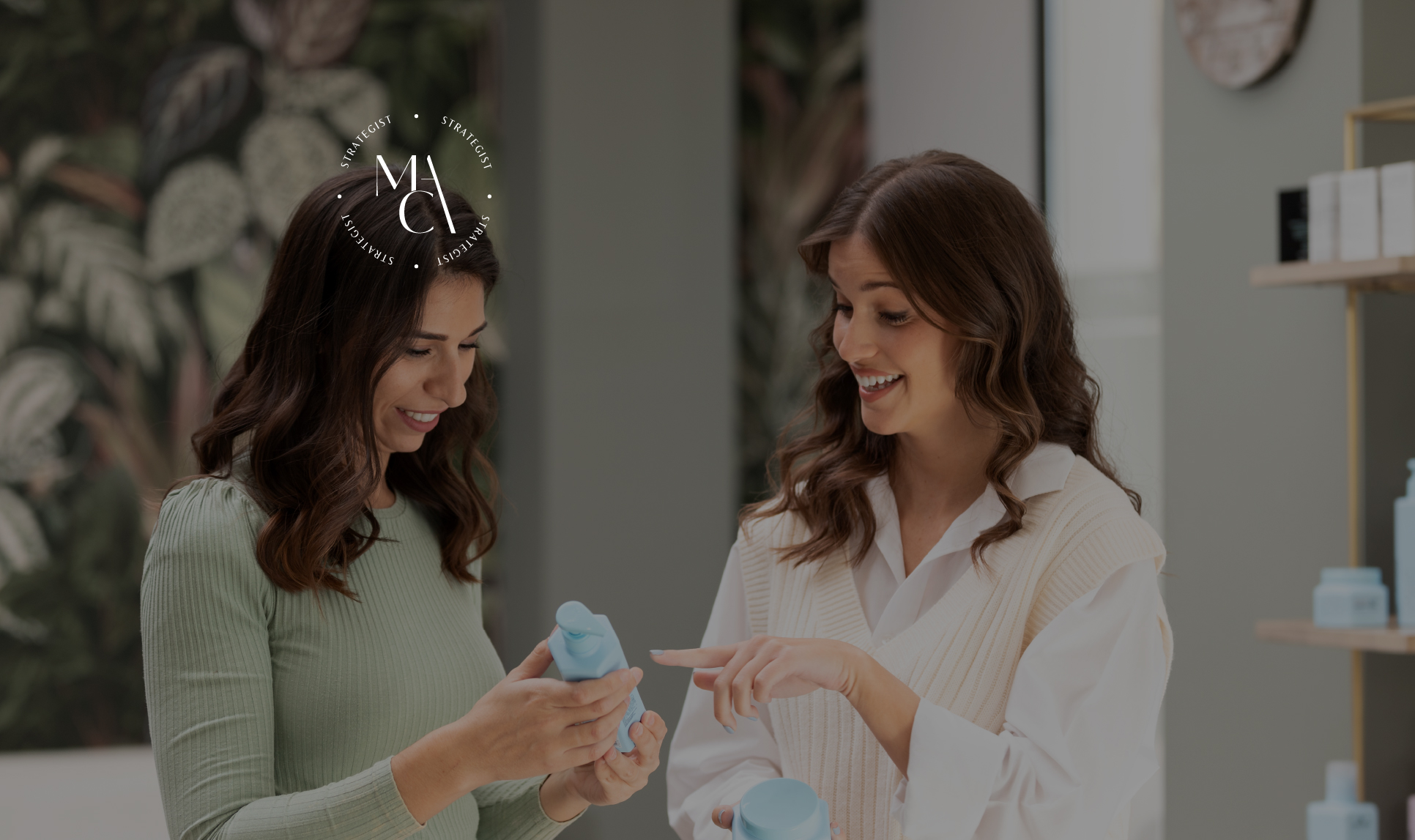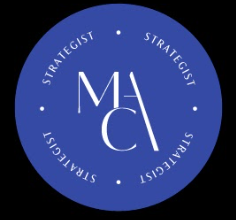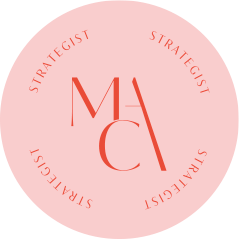Opening Insights
Walk into any wellness store, browse online, or scroll through social media, and you’ll find an overwhelming number of brands promising better health, balance, and well-being. From organic supplements to mindfulness apps, the wellness industry has never been more saturated. But here’s the challenge—modern, health-conscious consumers aren’t just looking for the next trendy product. They want something deeper.
Today’s wellness consumers are more informed, selective, and intentional than ever before. They don’t just buy into marketing hype—they research, compare, and demand authenticity. A sleek package and a catchy tagline aren’t enough to earn their trust. They want to know where their products come from, how they’re made, and, more importantly, if they align with their personal values. Sustainability, ethical sourcing, inclusivity, and real impact all play a role in their decision-making.
So, what makes a wellness brand truly stand out in this crowded space? It’s not just about selling a product—it’s about creating an experience, building a relationship, and becoming a trusted part of someone’s wellness journey. The brands that thrive aren’t the ones shouting the loudest; they’re the ones listening, adapting, and delivering real value in a way that resonates on a personal level.
In this post, we’ll explore the evolving expectations of wellness consumers—what they truly want and how brands can meet (and exceed) those expectations. If you want to build a wellness brand that doesn’t just sell but connects, read on.

Wellness is Personal: Customization and Personalization are Key
Imagine signing up for a wellness program that knows exactly what your body needs—your ideal nutrition plan, a fitness routine tailored to your lifestyle, and mindfulness practices designed for your unique stress levels. This is the future of wellness, and consumers are demanding it now. The days of generic, one-size-fits-all wellness solutions are over. People want experiences that feel personal, relevant, and uniquely suited to them.
Technology is making this possible in exciting ways. AI-powered health apps now track sleep patterns and offer customized bedtime routines. DNA-based nutrition brands like InsideTracker create meal plans based on genetic insights. Smart fitness wearables adjust workouts based on real-time performance data. These innovations aren’t just trends; they’re redefining how people engage with wellness.
The challenge for wellness brands? Implementing personalization without losing the human connection. While data-driven tools are powerful, true personalization goes beyond algorithms—it requires brands to deeply understand their audience’s values, preferences, and wellness journeys. This is where strategic PR and messaging come into play. A wellness PR agency can help wellness brands craft narratives that make personalization feel warm, engaging, and deeply human.
Consumers don’t just want products—they want wellness experiences designed for them. The brands that can strike the perfect balance between technology and authenticity will be the ones that build lasting trust and loyalty.
Transparency and Trust: Consumers Want to Know Everything
Wellness consumers today aren’t just buying products—they’re buying trust. They want to know exactly what’s in their supplements, where their skincare ingredients are sourced, and whether a brand’s sustainability claims are real or just marketing fluff. The demand for transparency has never been higher, and brands that embrace it are winning loyal customers.
The rise of ingredient-conscious consumers has reshaped the industry. People scrutinize labels like never before, questioning everything from artificial additives to ethical sourcing. They’re researching, reading third-party reviews, and expecting brands to provide proof of purity, sustainability, and ethical production. Certifications such as USDA Organic, Fair Trade, and Leaping Bunny (cruelty-free) have become deal-breakers for many consumers.
But transparency goes beyond a clean ingredient list—it’s about radical honesty. Brands that openly share their sourcing process, production standards, and even challenges they’ve overcome build deeper trust. Companies like Patagonia and Dr. Bronner’s have made transparency part of their brand DNA, offering detailed breakdowns of their supply chains and business practices. This level of openness turns transparency into a competitive advantage.
For wellness brands looking to build long-term credibility, strategic communication is key. A NY wellness PR agency can help businesses craft messaging that not only informs but also strengthens consumer trust. Whether through behind-the-scenes content, expert-backed claims, or transparent sustainability reports, brands that prioritize openness will stand out in an increasingly skeptical market.
At the end of the day, consumers don’t just want wellness products—they want brands they can believe in. And in a world where trust is everything, transparency isn’t just good ethics—it’s smart business.
Sustainability Matters—But It Has to Be Real
Today’s wellness consumers don’t just prefer sustainability—they expect it. They want brands that genuinely care about the planet, prioritize ethical sourcing, and take corporate responsibility seriously. But here’s the catch: they can spot greenwashing a mile away. Empty buzzwords like “all-natural” or “eco-friendly” aren’t enough anymore. Consumers want proof, action, and transparency.
Sustainability in wellness isn’t just about using recyclable packaging (though that’s important). It’s about an entire ecosystem of responsible business practices—ethical ingredient sourcing, carbon-neutral operations, cruelty-free testing, and giving back to communities. Certifications like Fair Trade, B Corp, and Climate Neutral help brands validate their claims, but the key to consumer trust is how these efforts are communicated.
Brands that make the biggest impact don’t just talk about sustainability; they show it. Take Patagonia, for example—its commitment to repairing old gear instead of just selling new products proves that sustainability is more than a marketing strategy. In the wellness space, companies like Seed (probiotics) use refillable glass jars and compostable packaging, demonstrating a long-term commitment to reducing waste.
But how can wellness brands communicate sustainability efforts effectively without sounding performative? It starts with authenticity. A NY wellness PR agency helps brands craft messaging that feels real, relatable, and backed by action. Instead of vague claims, businesses should share behind-the-scenes looks at their ethical practices, highlight measurable progress, and engage consumers in their sustainability journey.
Ultimately, consumers want to invest in brands that align with their values. The wellness businesses that succeed in sustainability will be the ones that treat it not as a trend, but as a responsibility—and communicate that commitment with honesty and impact.
Experiences Over Products: The Shift Towards Holistic Wellness
Wellness today isn’t just about what people buy—it’s about how they experience it. Consumers are moving away from simply purchasing wellness products and are instead seeking immersive, transformative experiences that make them feel connected, empowered, and part of something bigger. From wellness retreats and interactive workshops to digital communities and personalized coaching, the industry is shifting toward a more holistic, experience-driven model.
This shift is largely fueled by the growing demand for wellness ecosystems—brands that offer more than just a product but an entire lifestyle. Take Peloton, for example: it doesn’t just sell exercise bikes; it provides an online fitness community, live classes, and personalized training. Similarly, brands like Headspace and Calm go beyond meditation apps, integrating guided experiences, sleep support, and mindfulness coaching into their platforms.
Wellness retreats and immersive workshops are also rising in popularity. According to the Global Wellness Institute, the wellness tourism market is projected to surpass $1 trillion, as people prioritize travel experiences that rejuvenate both body and mind. From silent meditation retreats in Bali to corporate wellness getaways in the U.S., consumers are looking for ways to integrate wellness into their lives in more meaningful, tangible ways.
So how can wellness brands adapt? Experience-driven marketing is the key. Instead of simply selling a product, businesses should focus on how they can create moments—whether it’s through interactive content, live virtual events, or in-person activations. A brand that sells organic supplements, for example, could offer personalized wellness coaching or host community workshops on holistic nutrition.
Consumers want brands that don’t just fit into their wellness journey but enhance it. Businesses that embrace this shift—blending products with experiences—will not only stand out but build lasting relationships with their audience in an increasingly competitive market.
Digital Convenience: Wellness on Demand
In a world where nearly everything is available at the tap of a screen, wellness is no exception. Today’s consumers expect wellness services and products to be as accessible as their favorite streaming platform or food delivery app. Whether it’s guided meditation, virtual fitness coaching, or personalized health consultations, the demand for wellness on demand is skyrocketing.
The rise of wellness apps, virtual coaching, and telehealth has transformed how people engage with their health. According to McKinsey & Company, the global digital health market is growing at an unprecedented rate, with consumers increasingly turning to online wellness solutions. Brands like Noom, Headspace, and MyFitnessPal are thriving by providing instant, data-driven health and wellness experiences that fit seamlessly into busy lifestyles.
One of the biggest game-changers? AI and automation. Chatbots now offer real-time health advice, AI-driven apps create hyper-personalized fitness plans, and smart wearables continuously track wellness metrics to offer customized recommendations. The integration of artificial intelligence in wellness is making it easier than ever for people to stay on top of their health—without needing to book an appointment or step into a physical space.
So how can wellness brands enhance their digital presence? The key is seamless user experience. Whether it’s an intuitive mobile app, a well-optimized website, or automated customer support, brands must remove friction from the consumer journey. Telehealth platforms, for example, are investing heavily in one-click appointment scheduling, while fitness brands are offering interactive workout sessions that feel as engaging as in-person classes.
The future of wellness is instant, personalized, and digital-first. Brands that embrace this shift—while ensuring that convenience doesn’t come at the cost of authenticity—will be the ones that thrive in this new era of on-demand health and well-being.
Authenticity and Human Connection: People Buy from People
Consumers today are more skeptical than ever. Health-conscious buyers don’t just want products; they want brands that feel real. Overly polished, corporate-style marketing no longer resonates—people crave authenticity, honesty, and human connection. That’s why storytelling, community-building, and user-generated content are becoming essential pillars of successful wellness brands.
One of the most effective ways to build authenticity is through founder stories. When a brand’s leadership shares their personal wellness journey—whether it’s overcoming health struggles, discovering holistic healing, or creating a product out of necessity—it creates an emotional bond with consumers. Customers don’t just see a brand; they see a person they can relate to.
User-generated content (UGC) and real customer testimonials also play a critical role in building trust. When people see real users benefiting from a product or service—through social media posts, video reviews, or success stories—it removes skepticism and reinforces credibility. Brands that encourage their customers to share their experiences create a loyal community that markets itself.
Community-building is another powerful tool. Wellness brands that engage audiences through social media groups, interactive Q&A sessions, and live webinars foster a sense of belonging. A strong community turns customers into advocates who champion the brand organically. Working with NY wellness content creators is a strategic way to amplify this effort, as they bring relatable, engaging content that resonates with health-conscious consumers.
Scaling a wellness brand while maintaining authenticity is a challenge, but the brands that get it right will build trust, loyalty, and long-term success. The secret? Show up as real people—not just a business—because in wellness, human connection is everything.







